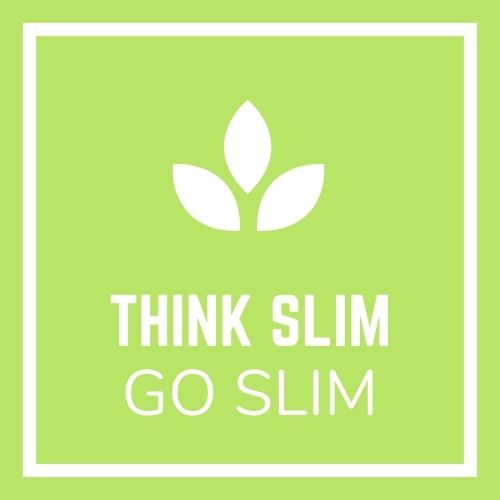In fitness and nutrition circles, the term clean has gained a specific meaning in recent years. But what does it mean if you’re following a dirty keto diet versus a clean keto diet? And what’s the keto diet to begin with?
What’s Clean or Dirty Keto?
If you’re following a clean keto diet, that means you’re avoiding processed foods. A dirty keto diet is one that doesn’t focus as much on whole foods, but rather seeks to adhere only to the macronutrient ratio – that is, the ratio of fat, protein and carbs – of the diet.
“Dirty keto is a variation of the traditional keto diet and is sometimes referred to as ‘lazy keto,'” says Matthew Black, a registered dietitian. Instead of consuming healthy fats, such as avocado and nuts, dirty keto opens the door to less healthy fats like those found in bacon, burgers and other highly processed foods.
“There aren’t clear guidelines for this variant, and it really depends on individual preference. The main difference with dirty keto (versus clean keto) is that users believe they can have more freedom to eat what they want, providing they maintain a low-enough carbohydrate intake,” Black explains.
Eating a dirty keto diet means there’s lots more room for restaurant food, takeout and processed foods, provided you stick with the macronutrient profile. The key with keto is hitting those macronutrient ratios to trigger ketosis. While it’s possible to stay in ketosis while following a “dirty keto” diet, it might be difficult to sustain.
The problem with prepared foods and other convenience items, says New York City-based registered dietitian Jamie Feit, is that pre-made and ultra-processed foods tend to be high in sodium, calories and fat which promote inflammation and weight gain.”
For some people, dirty keto is relegated to so-called “cheat days” rather than being an all-the-time approach. “Some users of dirty keto will also allow occasional days of eating higher-carb foods, such as processed carbohydrates like chips, pretzels or baked goods,” Black says. “Additionally, dirty keto has less of an emphasis on the perceived quality of foods.” To some, this means certain foods that are a no-go on stricter or cleaner versions of the diet are in-bounds on the dirty version.
Dirty vs. Clean Keto Foods to Eat
Examples of foods that can be eaten on a dirty keto diet – regularly or only on cheat days – depending on your interpretation:
- Artificial sweeteners.
- Processed oils.
- Processed proteins.
- Low-carb snack foods, such as potato or tortilla chips and cookies.
- Chai and coffee drinks that contain coconut milk and sugar-free syrup.
- Pork rinds and beef jerky.
- Cheese chips.
- Chocolate.
- Salami and cheese.
For example, on a dirty keto protocol, you can eat a plain cheeseburger without the bun from any fast food restaurant, Black says. Though the food quality is low, it adheres to the macronutrient profile of the ketogenic diet.
By contrast, “clean keto is typically regarded as the original version of the ketogenic diet,” Black says. As such, this version places a higher emphasis on other elements, including:
- Healthy fats, such as avocado, olive oil and salmon.
- Nutrient density of foods.
- Overall food quality.
- Where foods were sourced.
- Avoidance of processed foods all together.
In keeping with the example above, someone on a clean keto protocol wouldn’t eat the fast food cheeseburger – even without the bun, Black says, but rather “would take issue with the beef not being from grass-fed cattle.” Instead, that person may opt for a leafy green salad with steak tips from grass-fed cattle.
Which One Is Better?
So, is one version healthier than another? “In short, no,” Maharg says. “In order to achieve a state of ketosis, carbohydrate intake has to be minimal, as does protein intake. The prescribed diet recommends a ratio of 3 to 4 grams of fat for every 1 gram of carbohydrate and protein combined. High quantities of saturated fats are often required to meet this goal.”
Both diets follow similar prescriptions for the ratio of fat, carbs and protein, and for some people, the low-carb lifestyle can cause them to lose weight. However, because it’s very restrictive, ether version of the diet is usually difficult to maintain long term. “The Achilles heel with both versions of the ketogenic diet is sustainability,” Black says.
Because there’s more wiggle room on the dirty version of keto, it may be slightly easier to maintain for a longer period. “While clean keto has higher standards, it still calls for high intakes of fats, such as coconut oil, which are far too high in saturated fat than recommended and can increase LDL cholesterol,” Black explains.
Keto advocates claim these oils will not cause issues with cholesterol, due to MCT oil content in coconut oil. But the average dieter will not always completely follow clean keto guidelines or know how to correctly implement them, he warns.


Comments are closed.